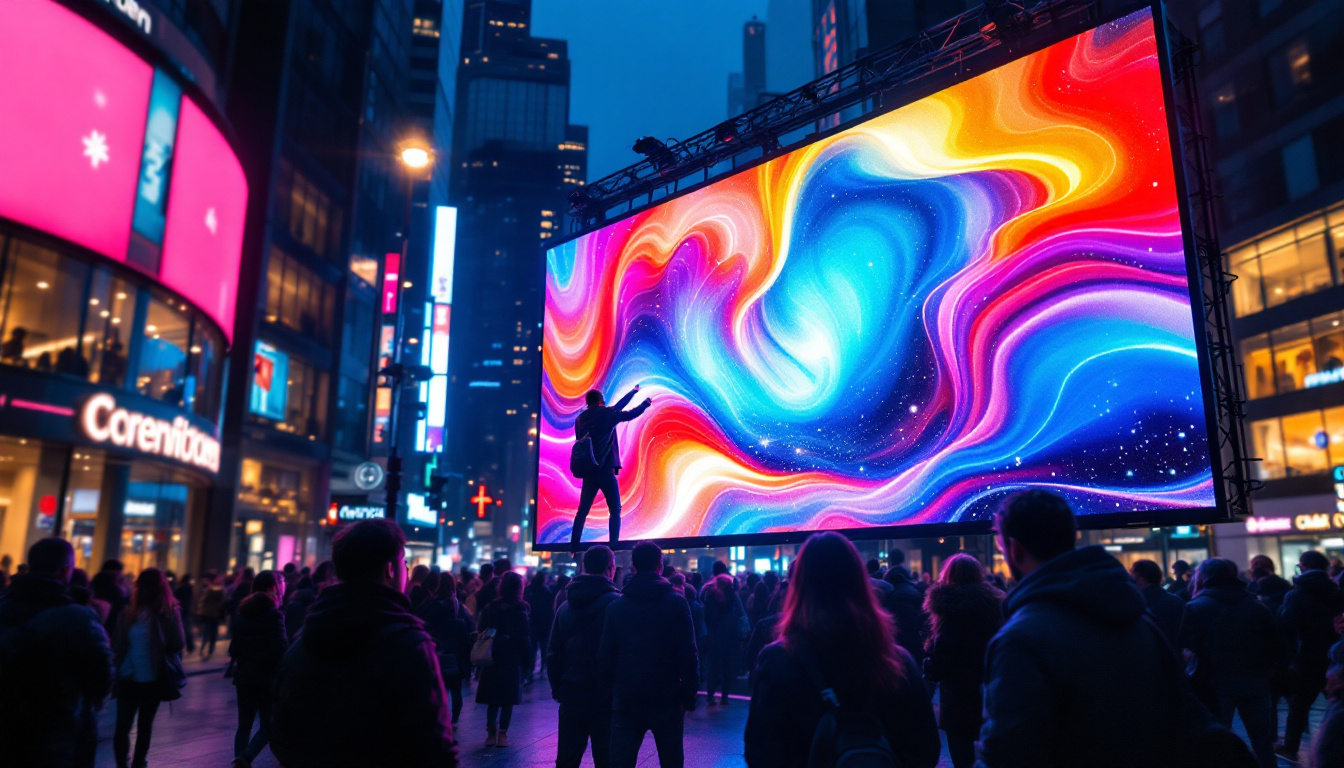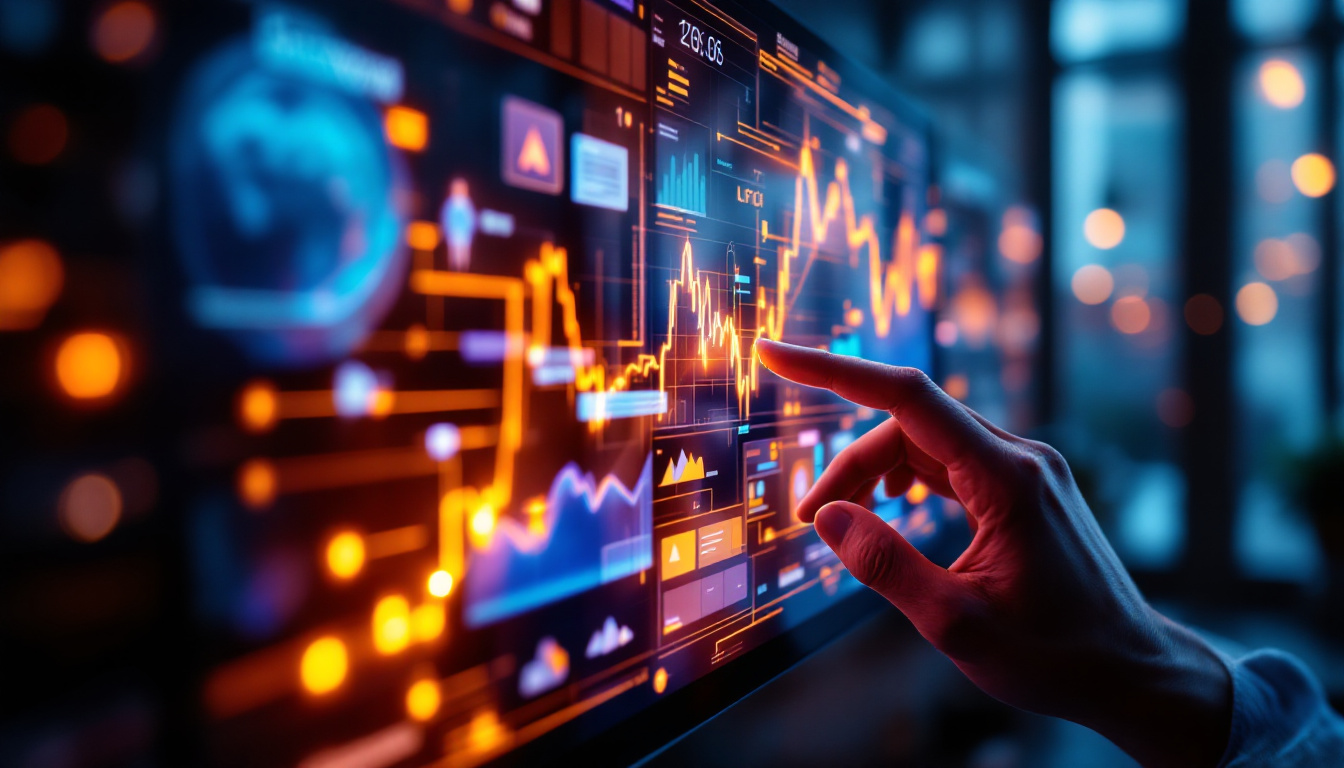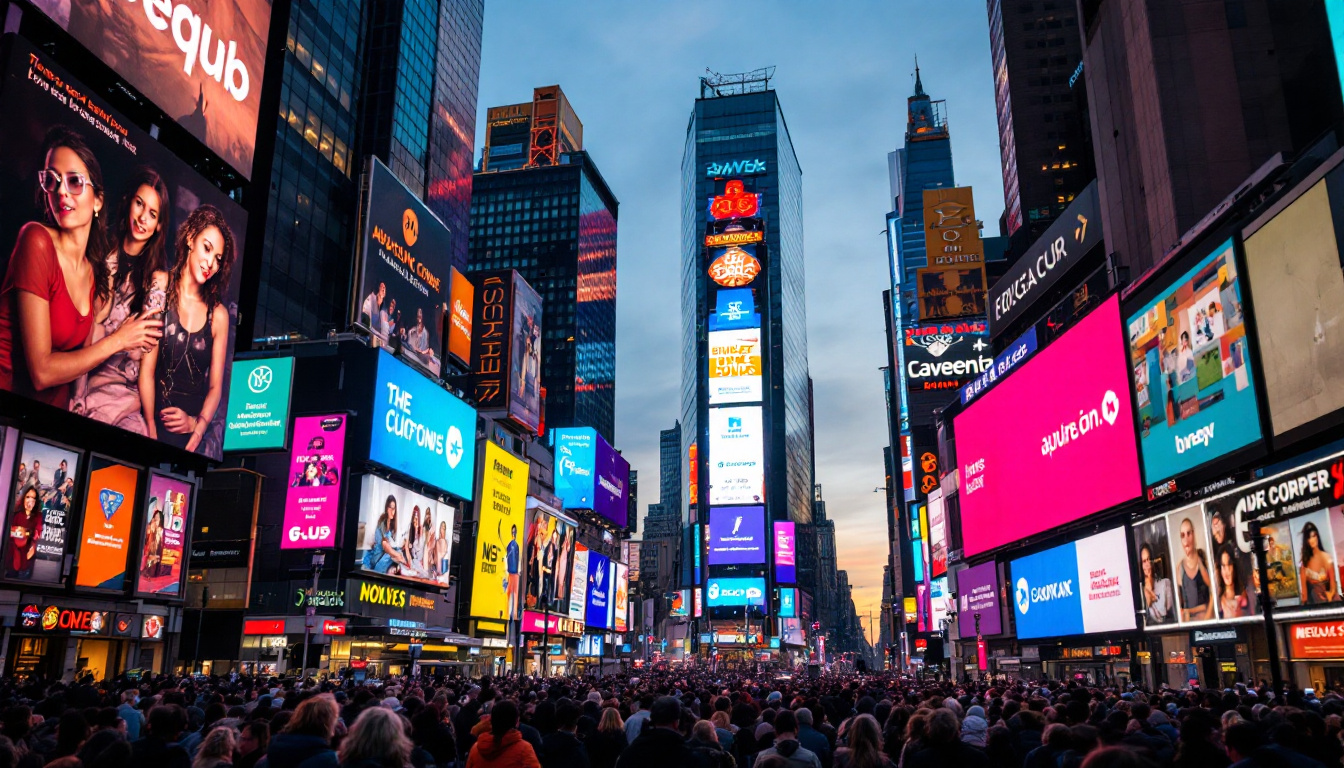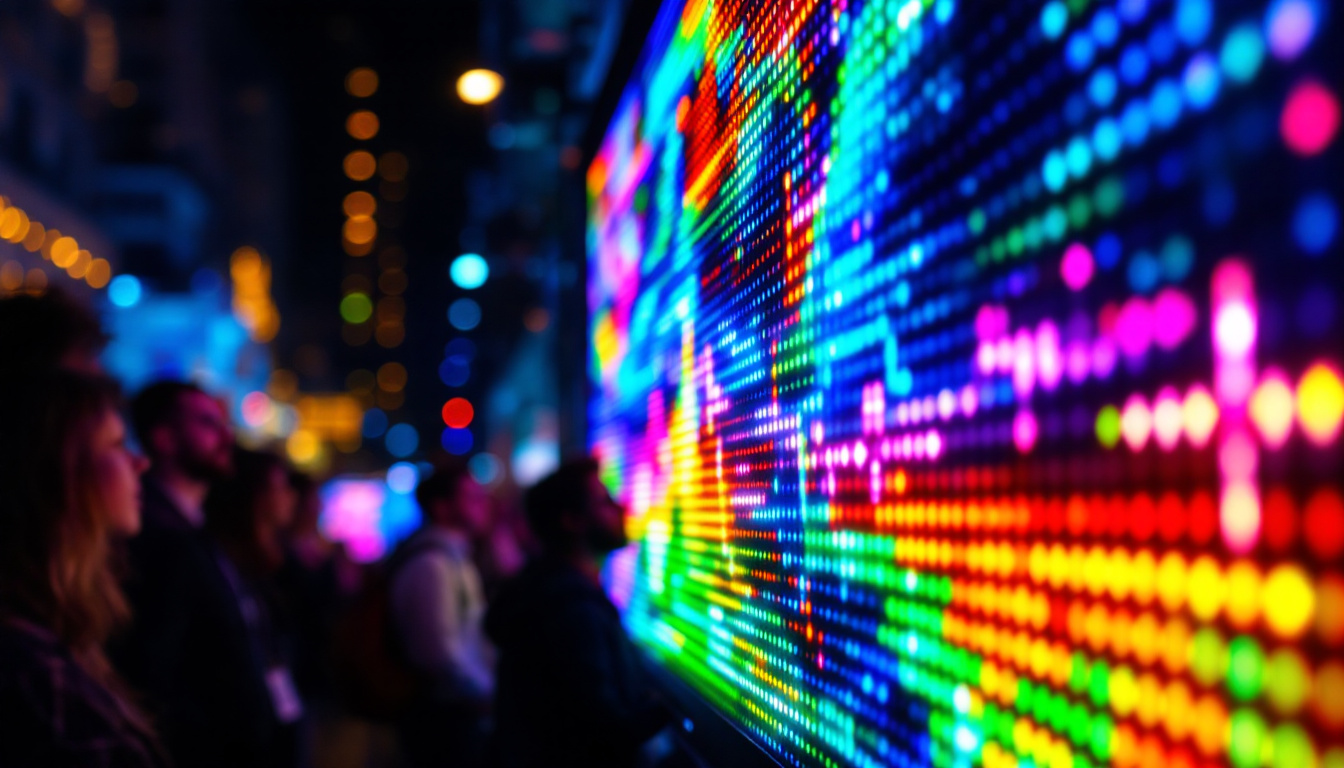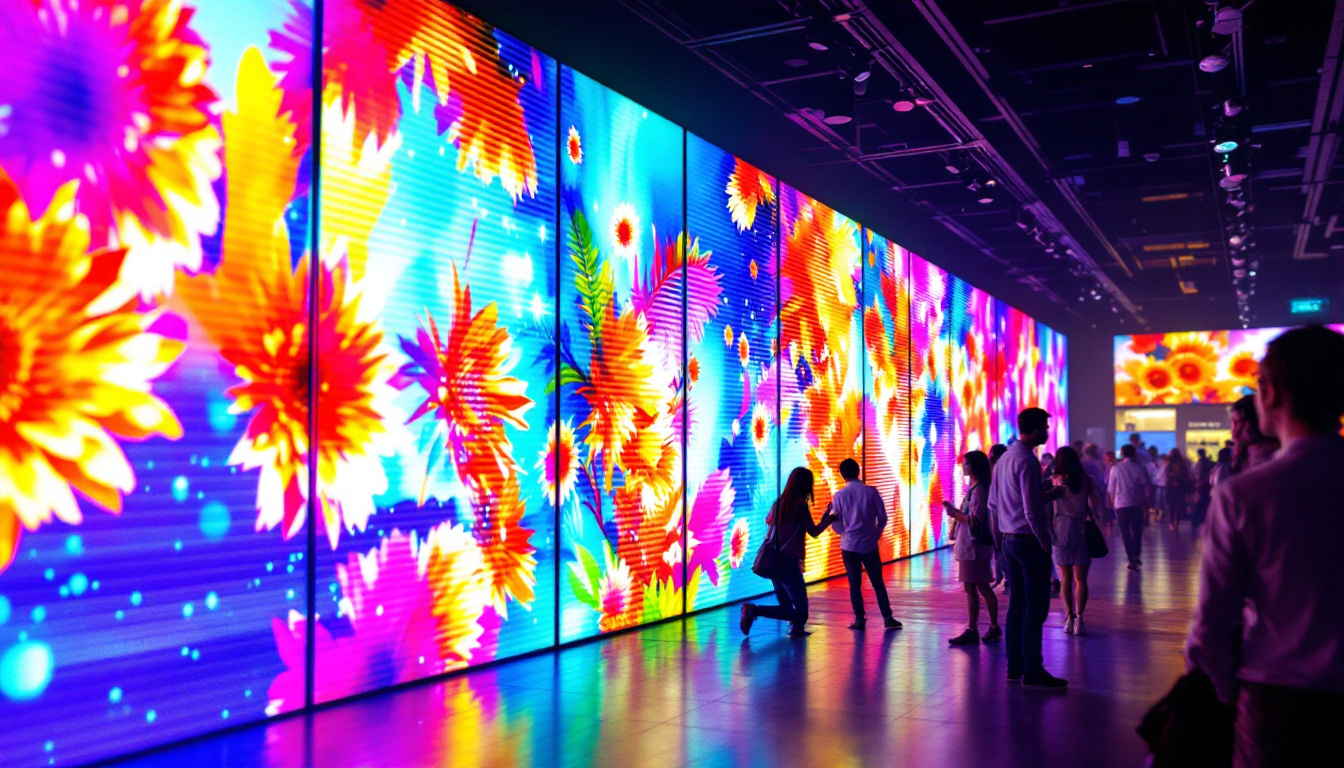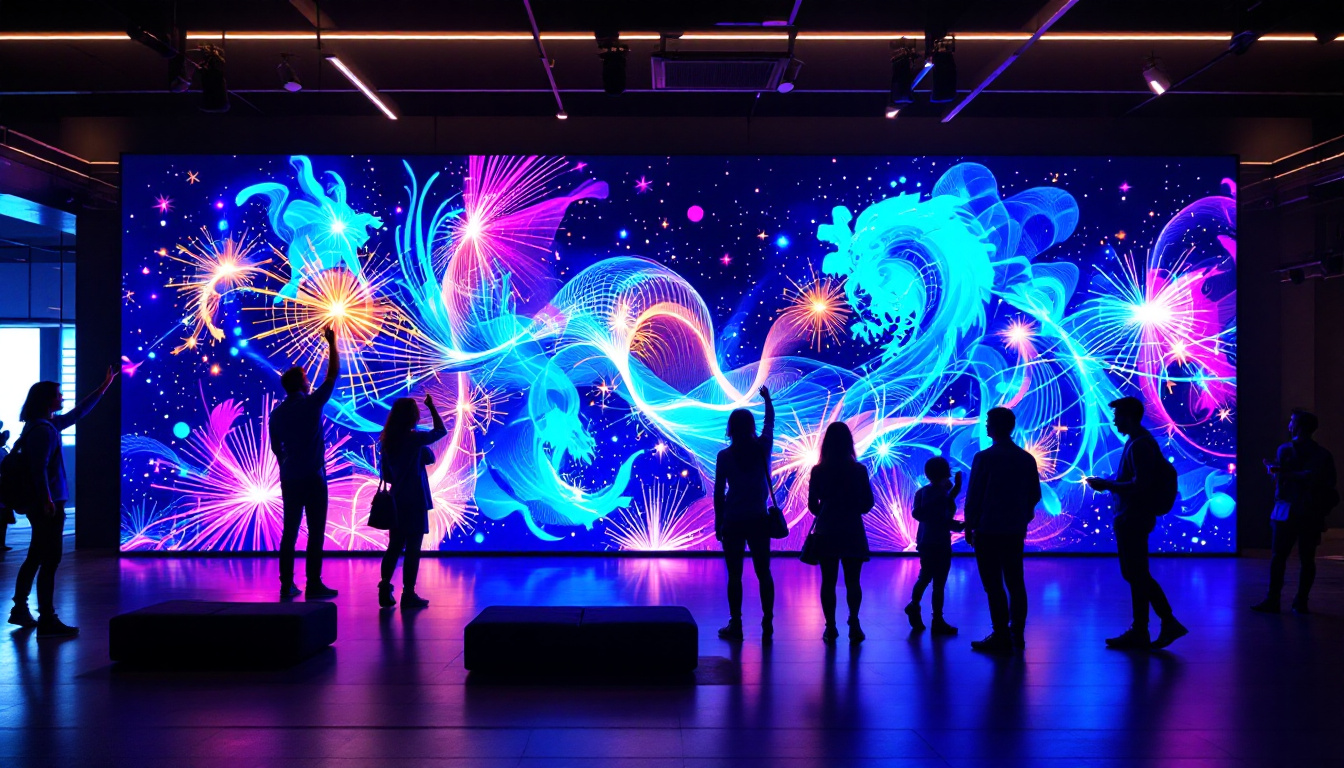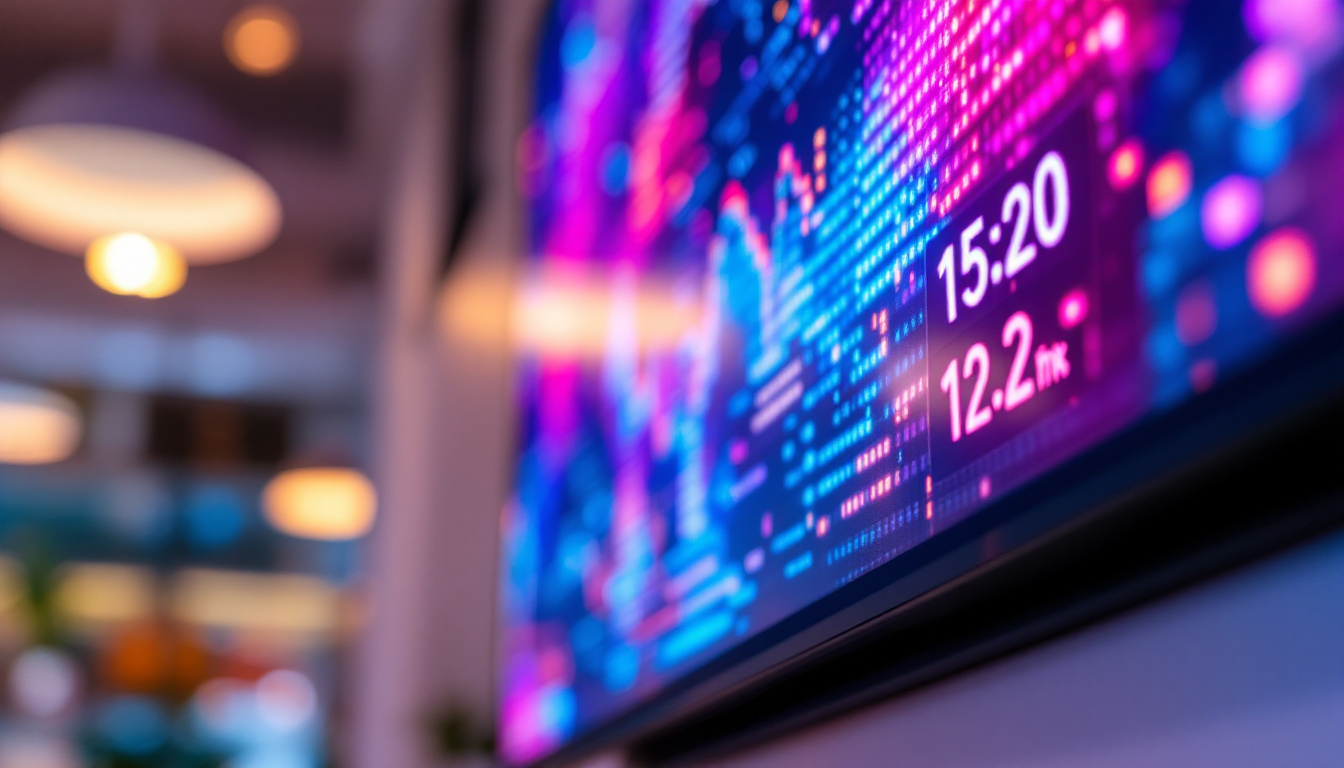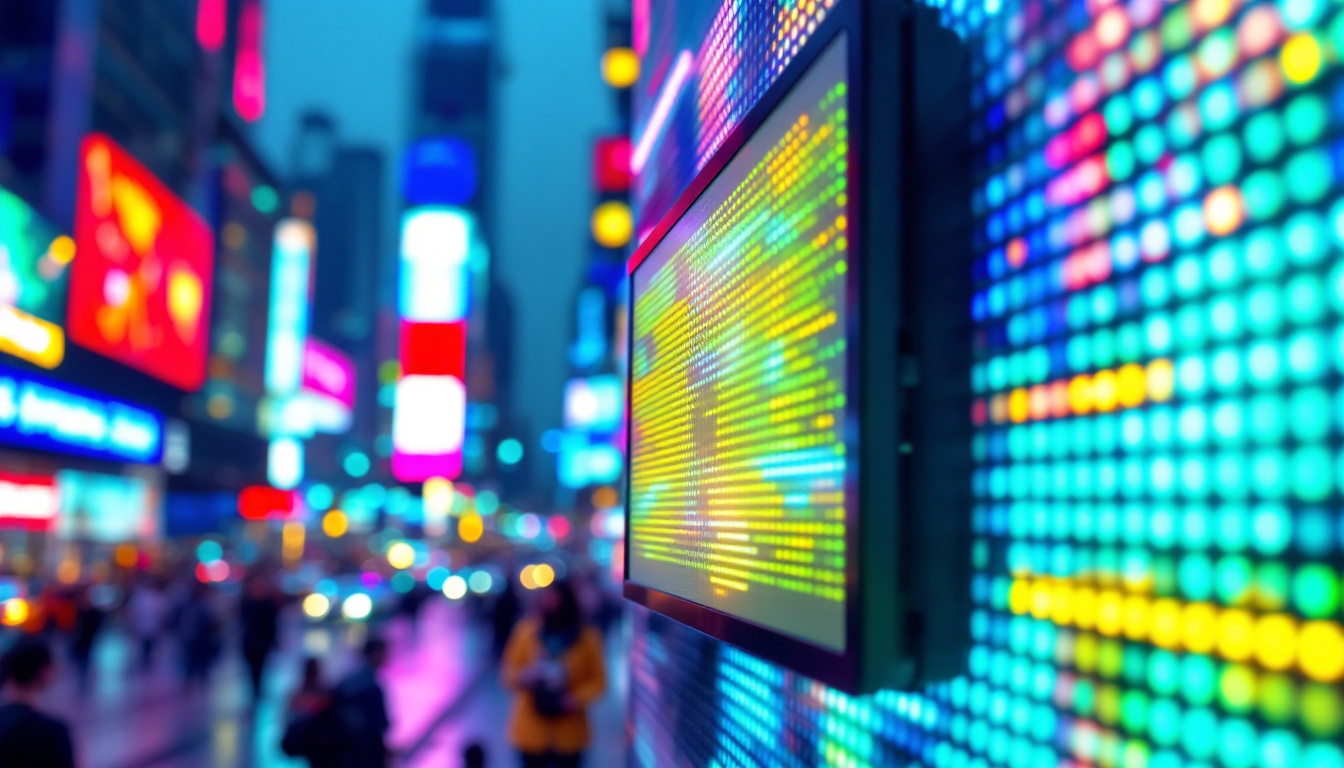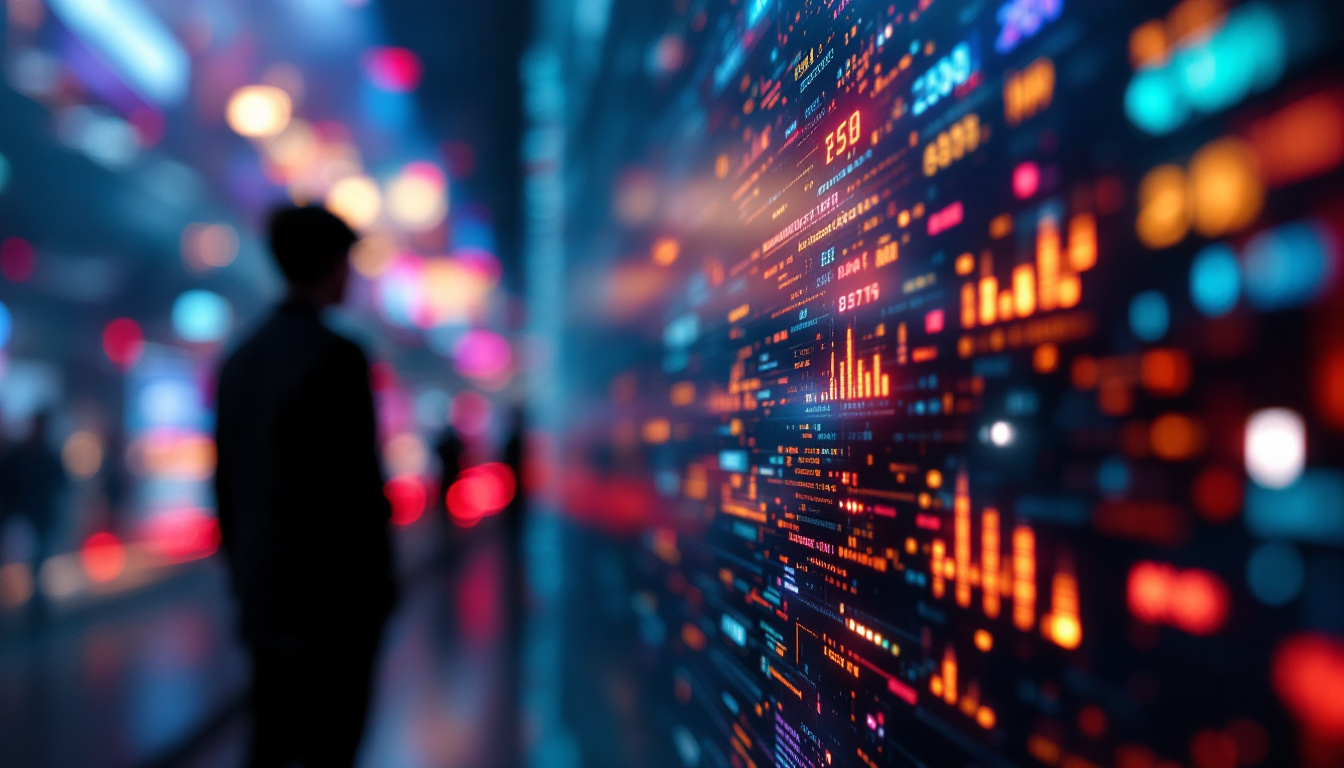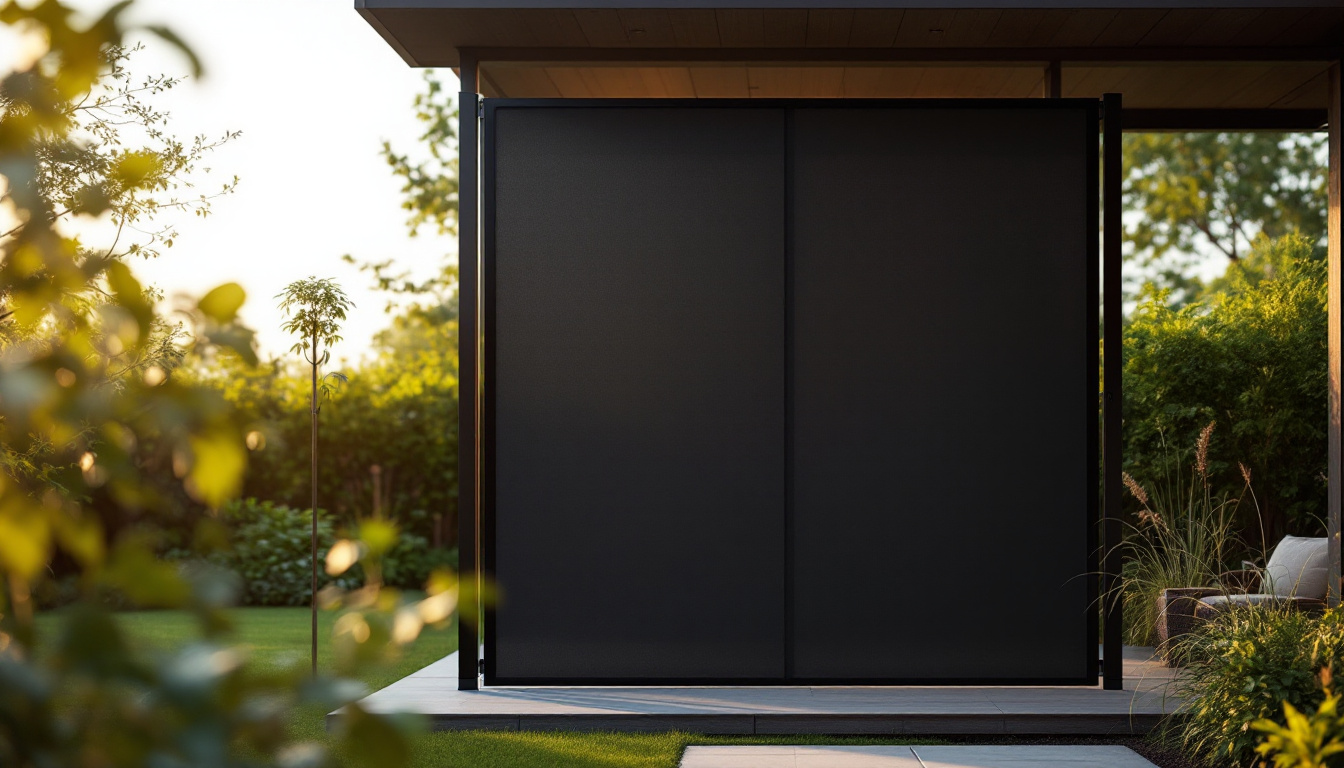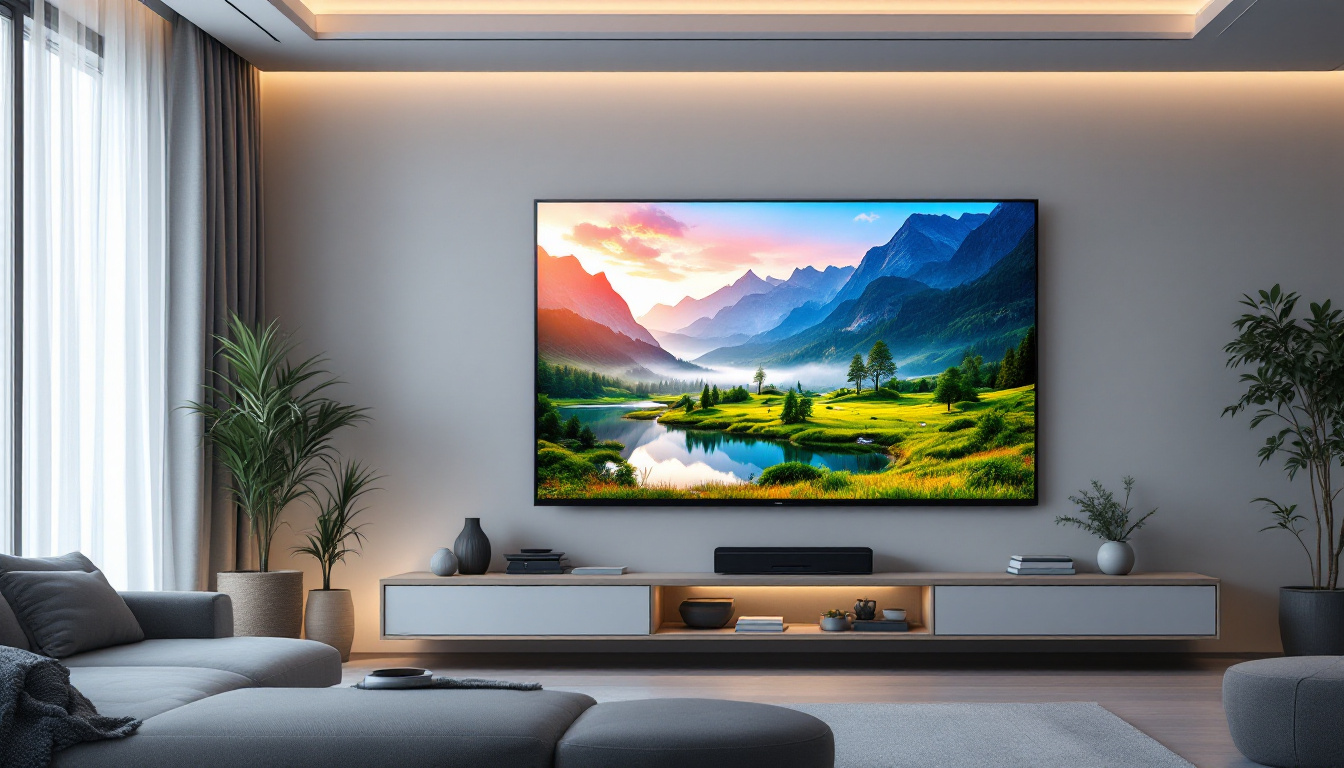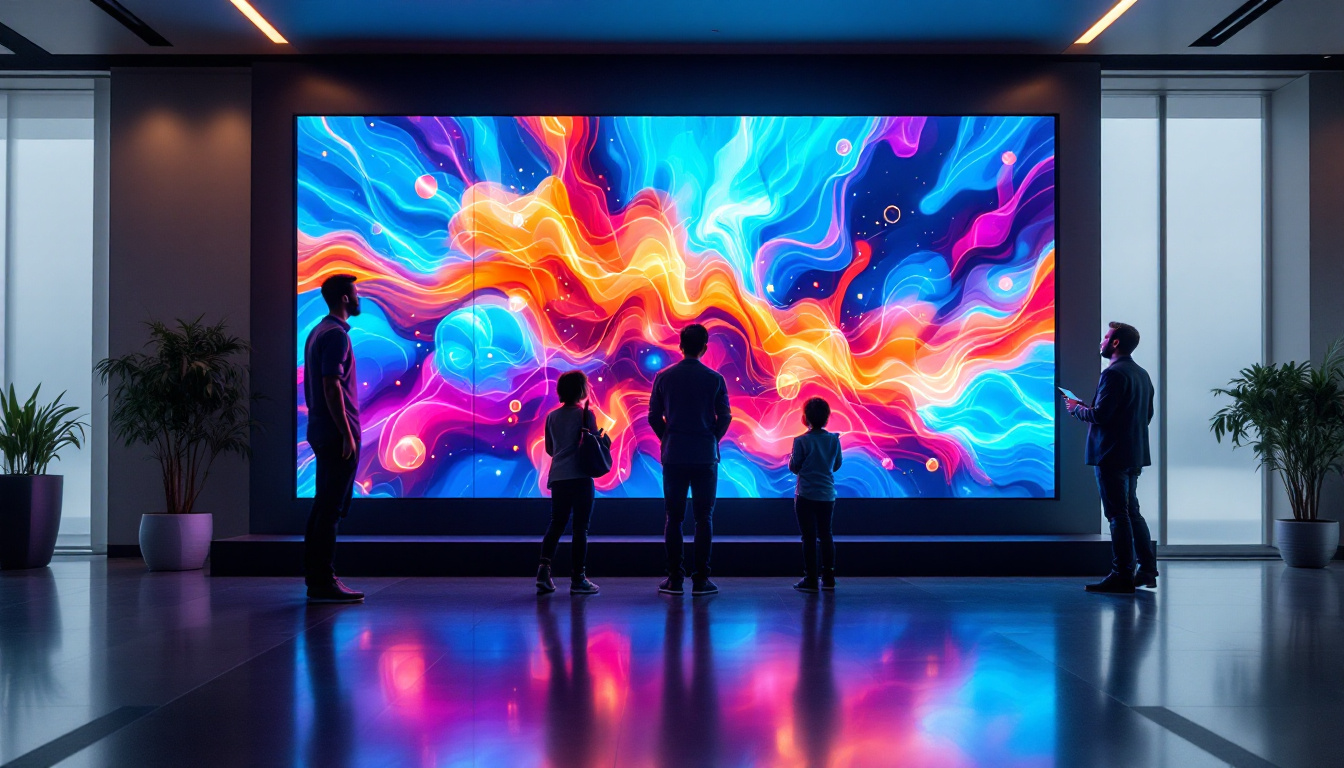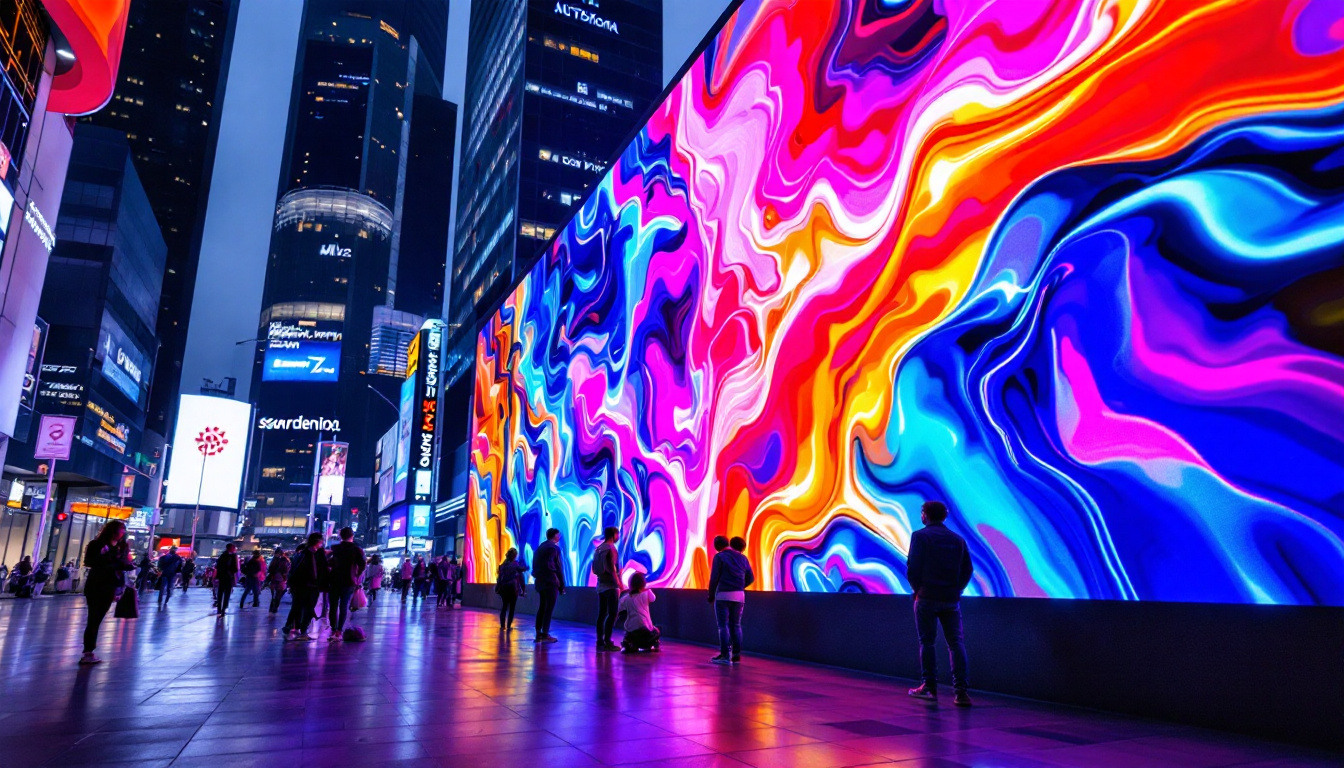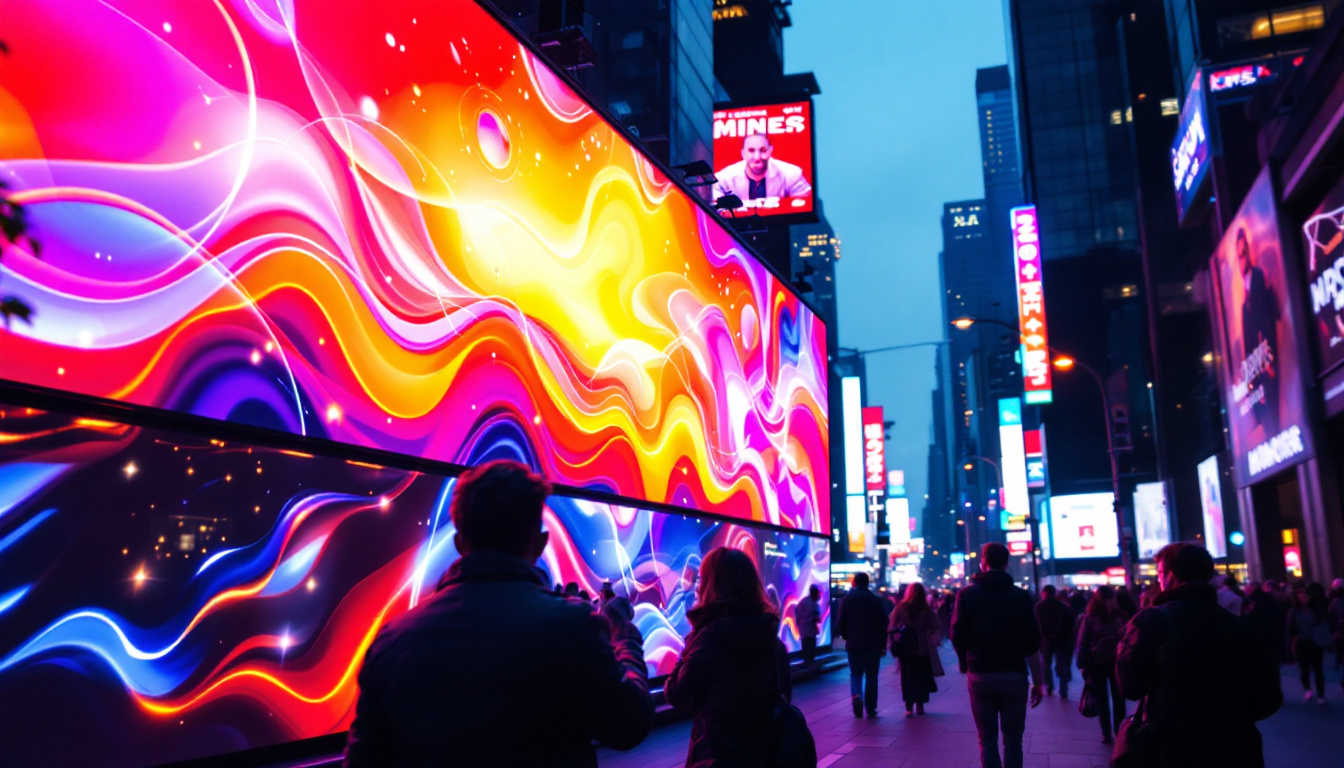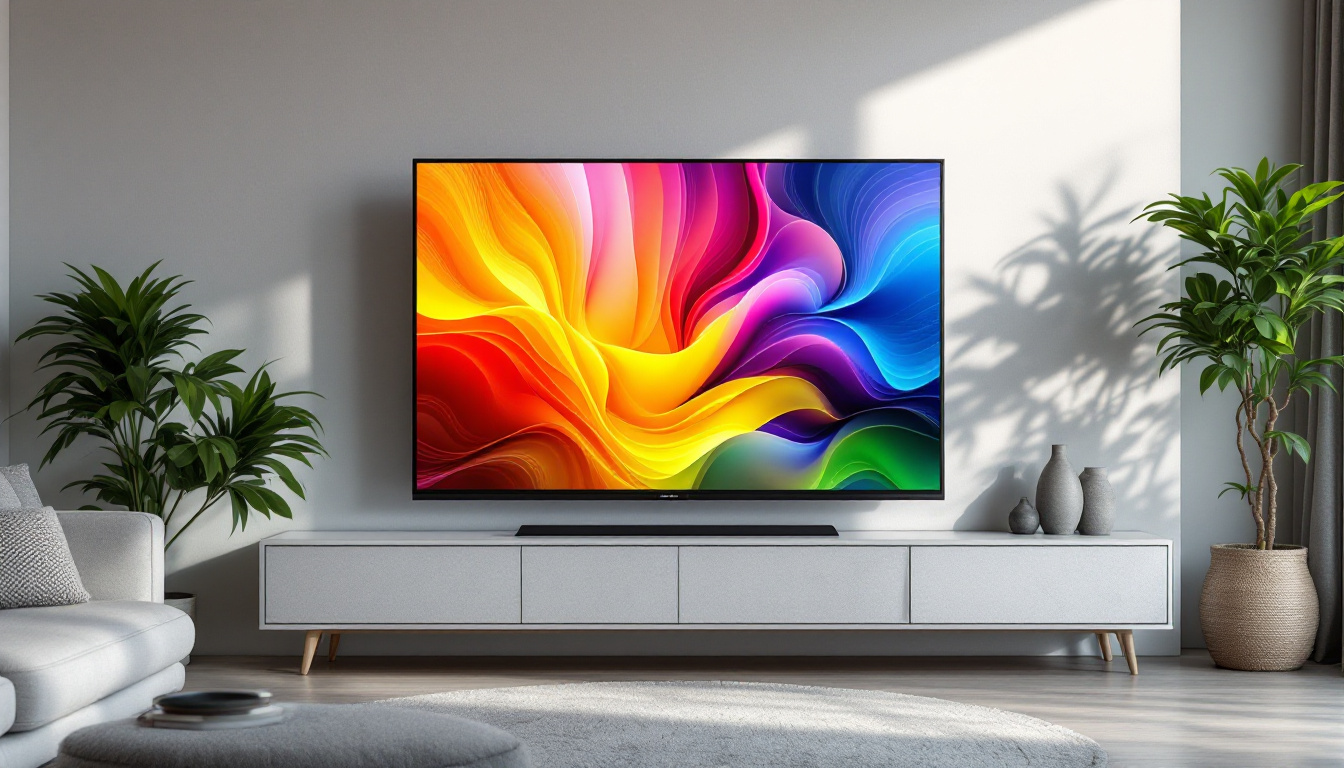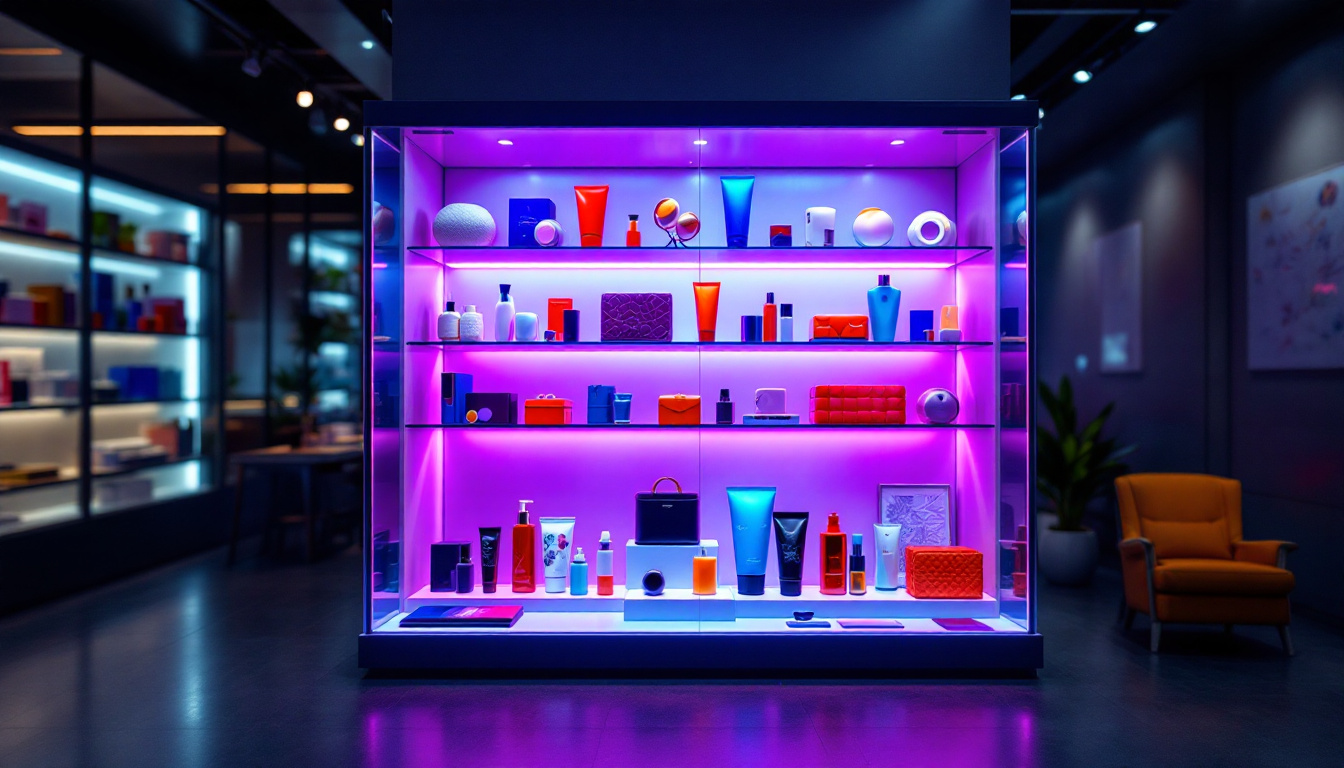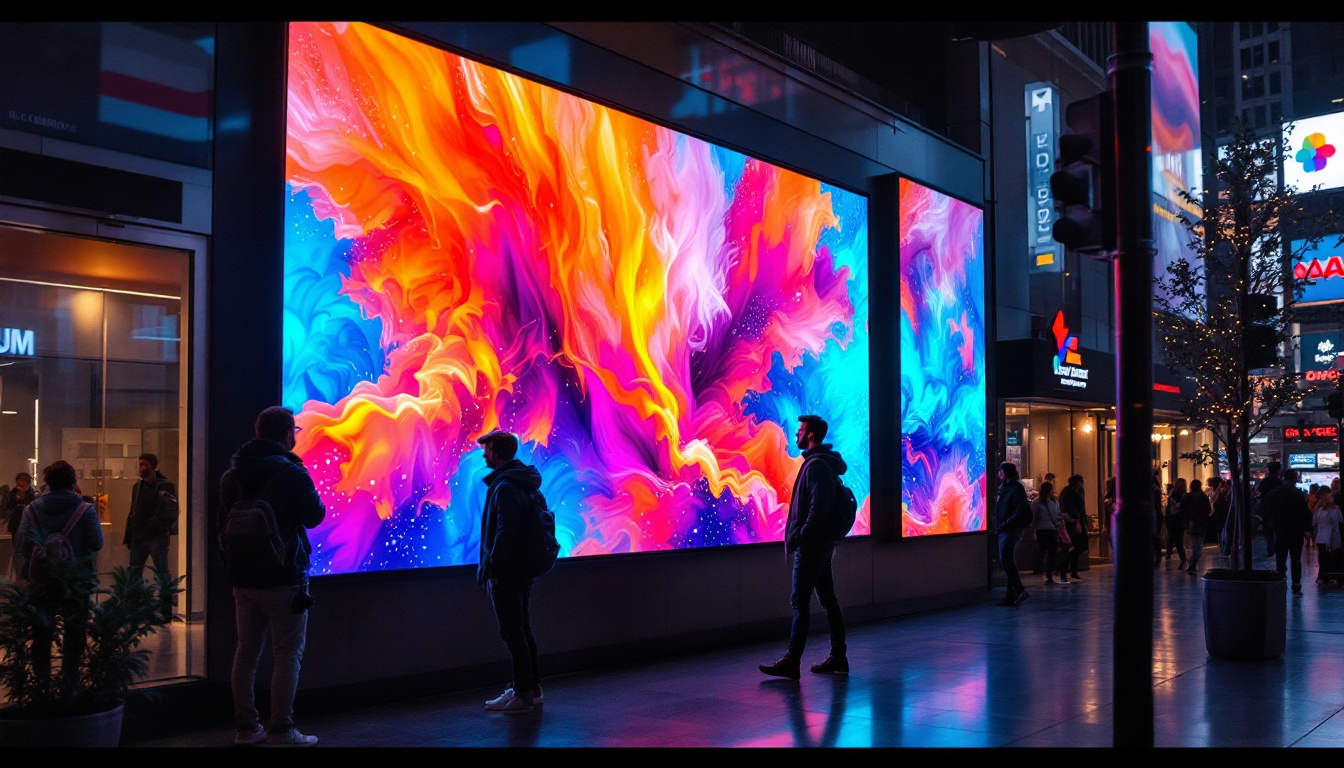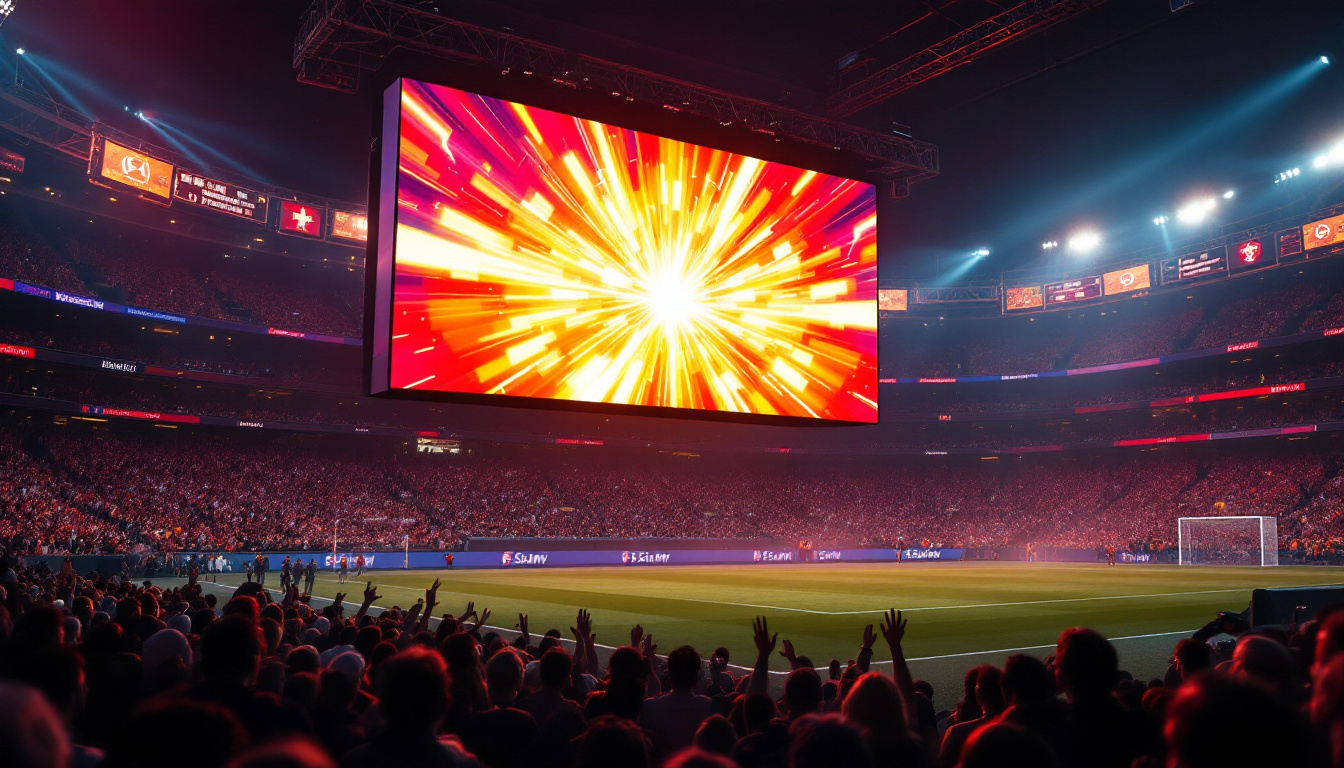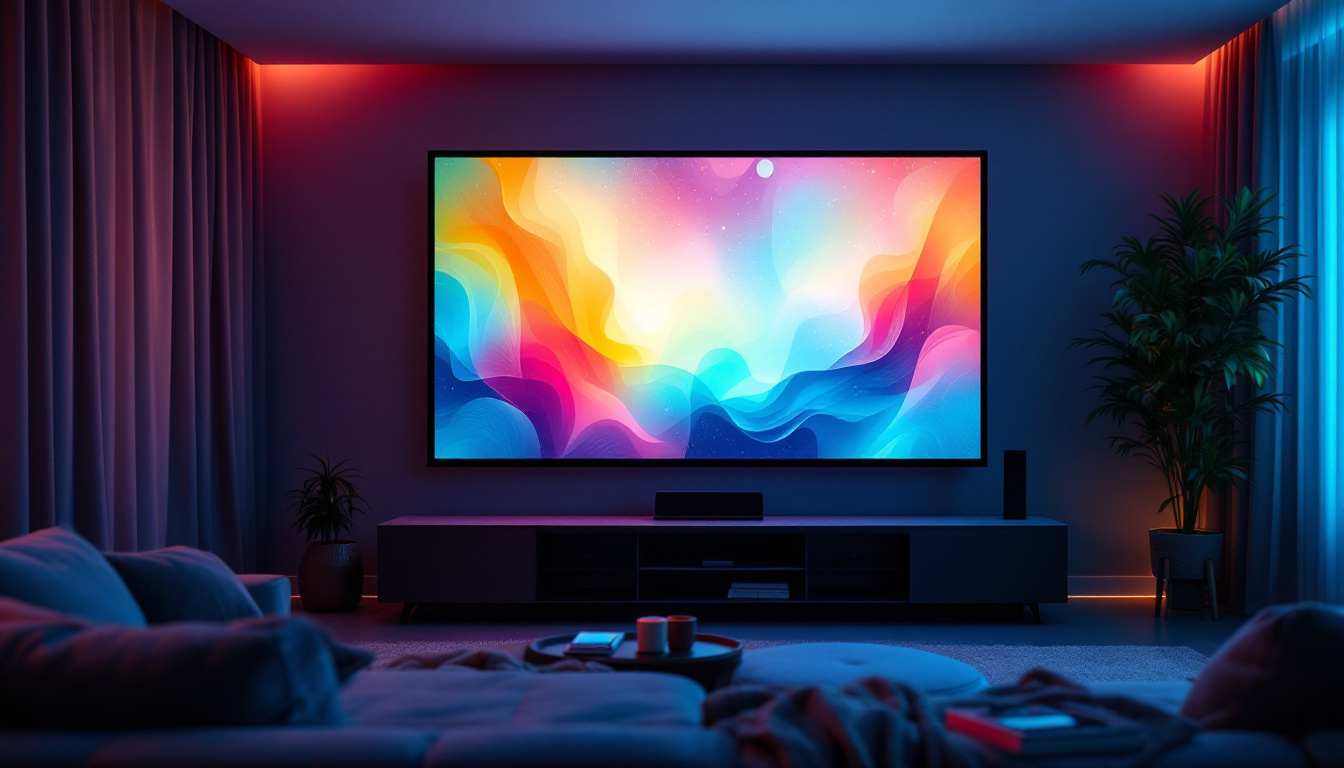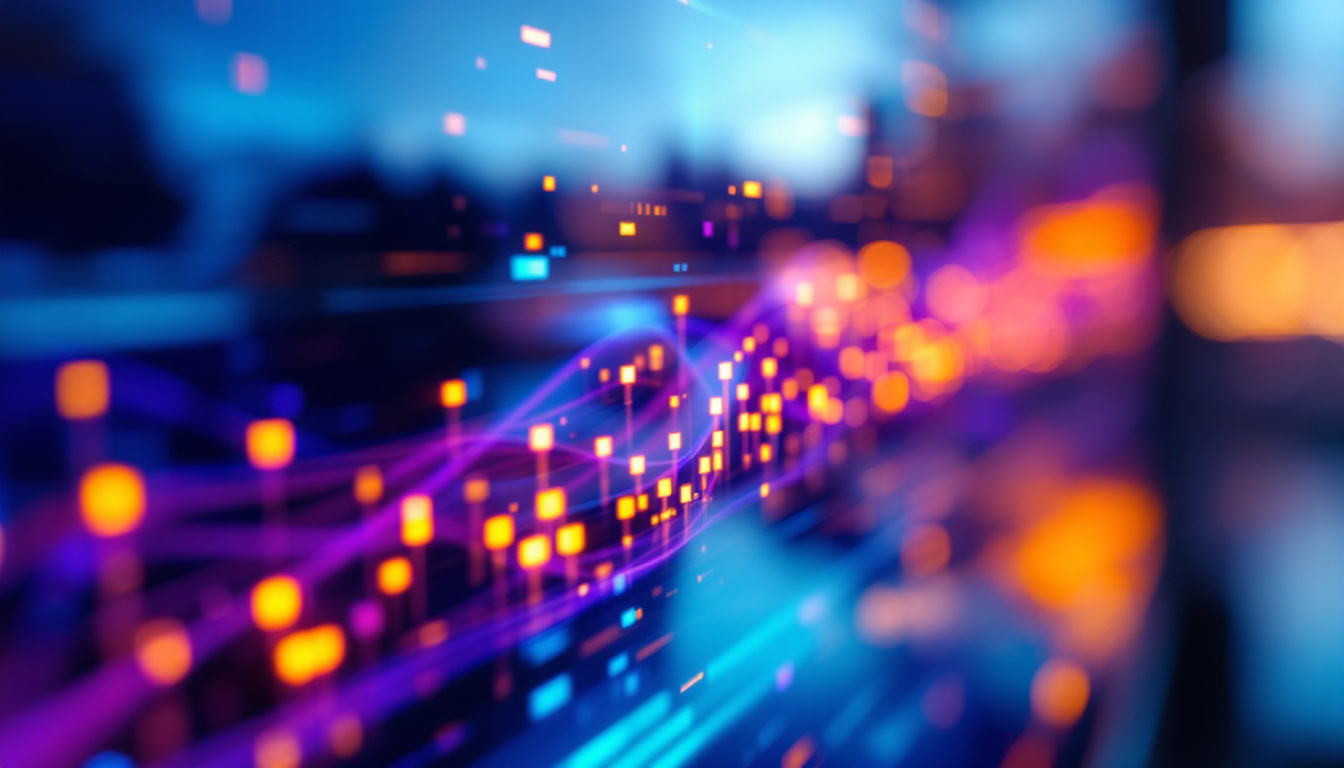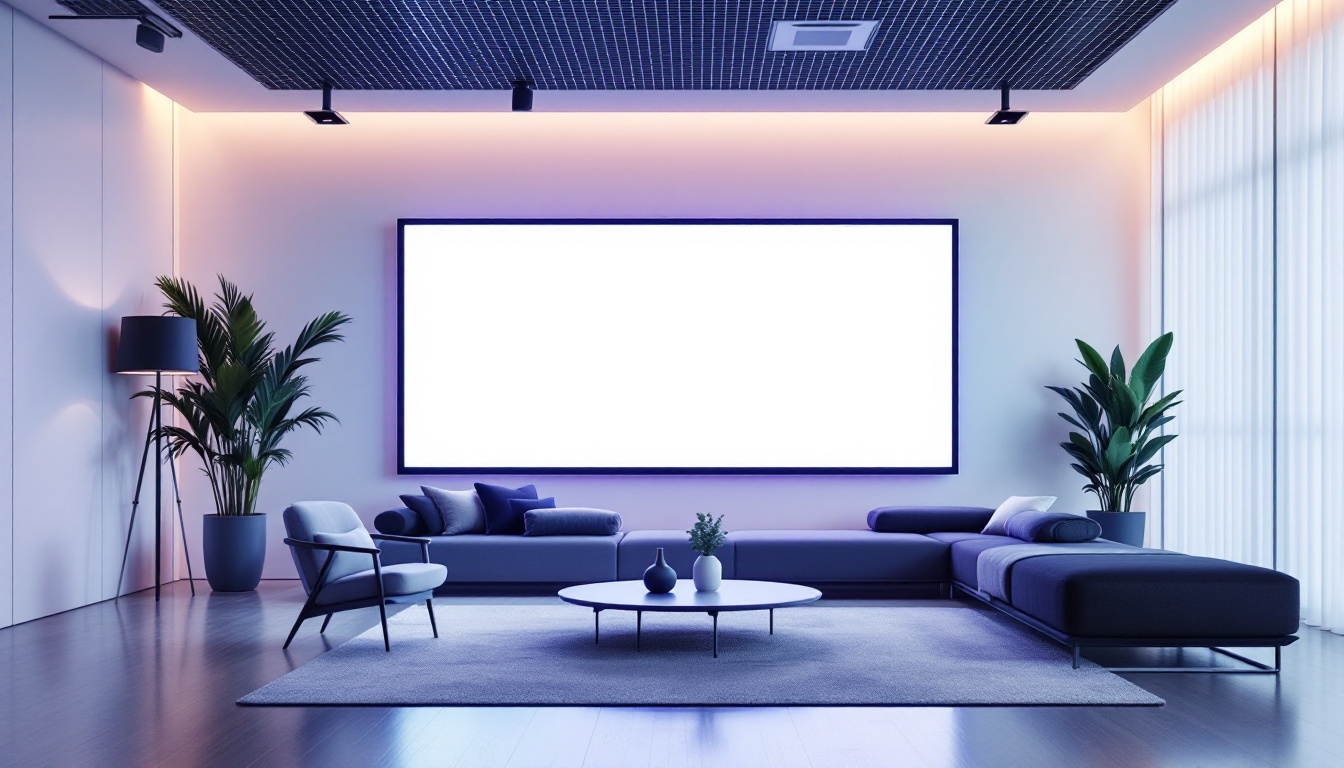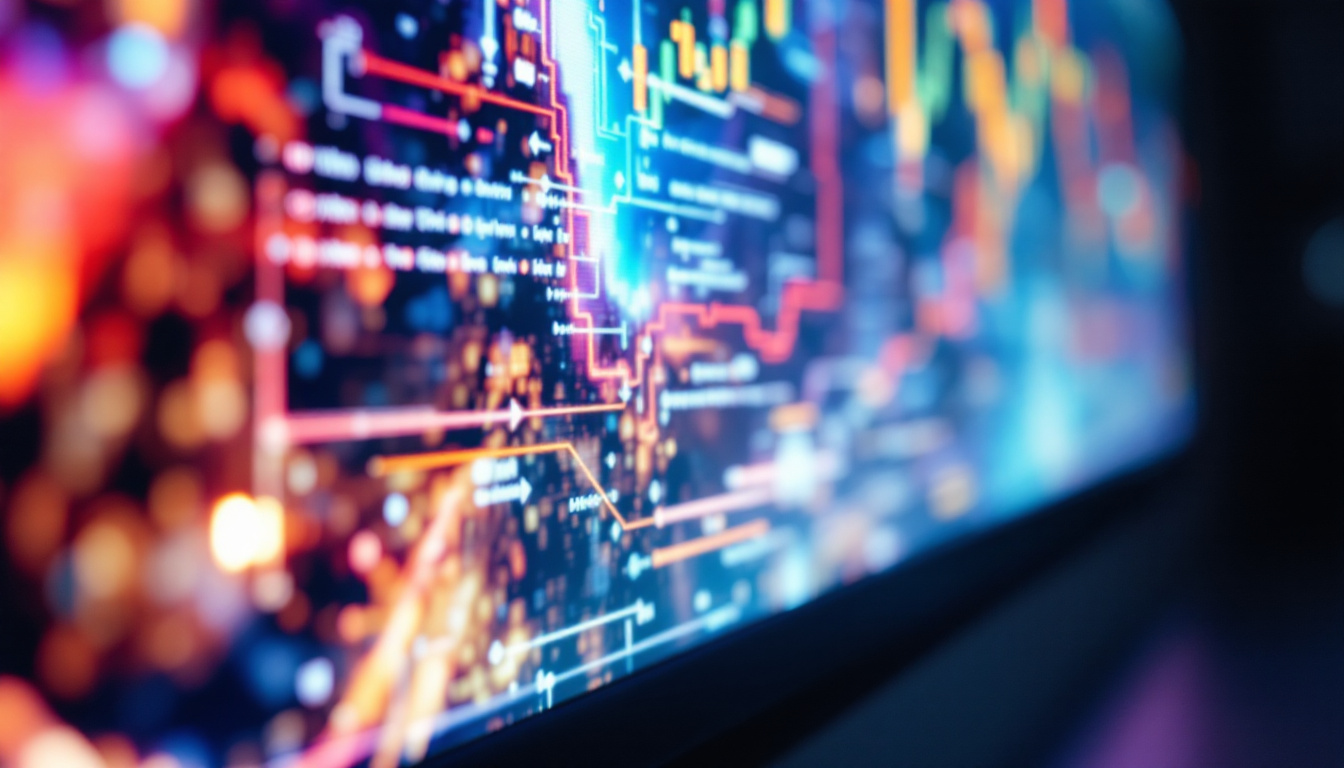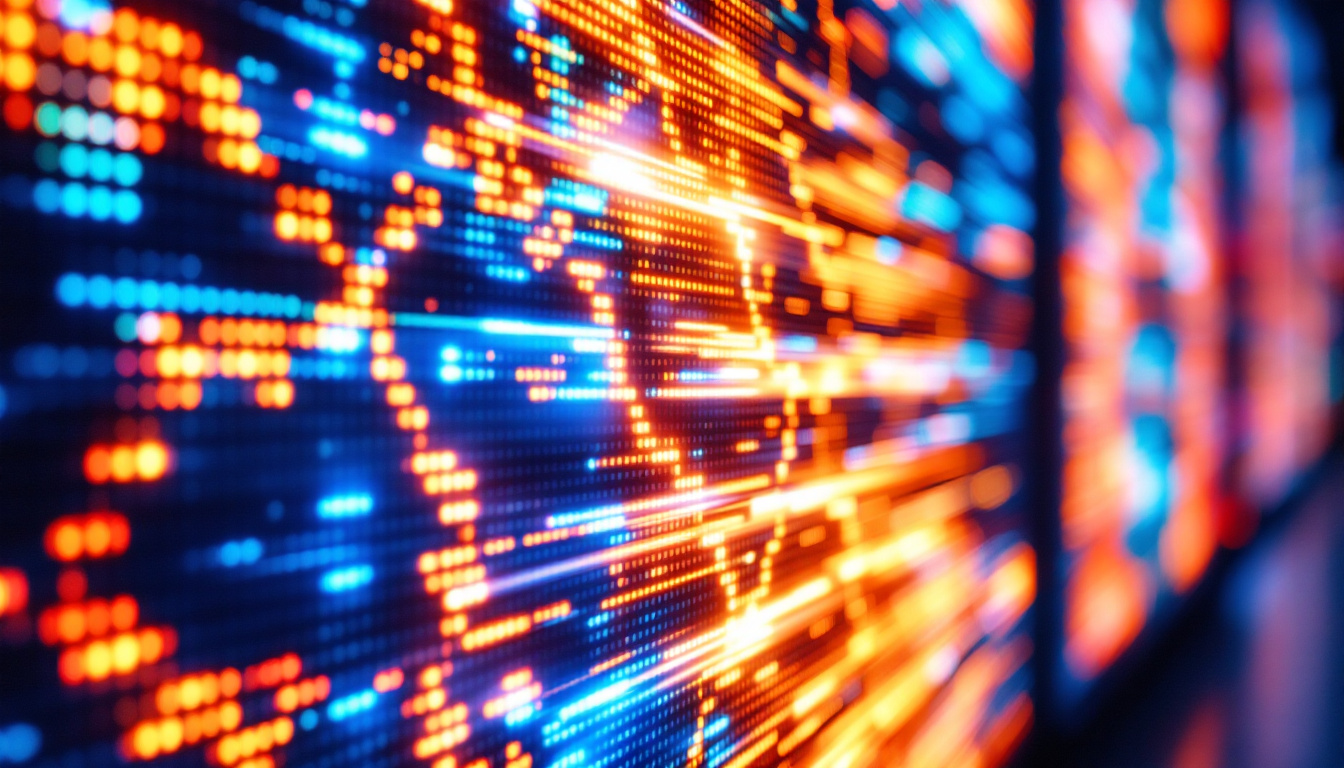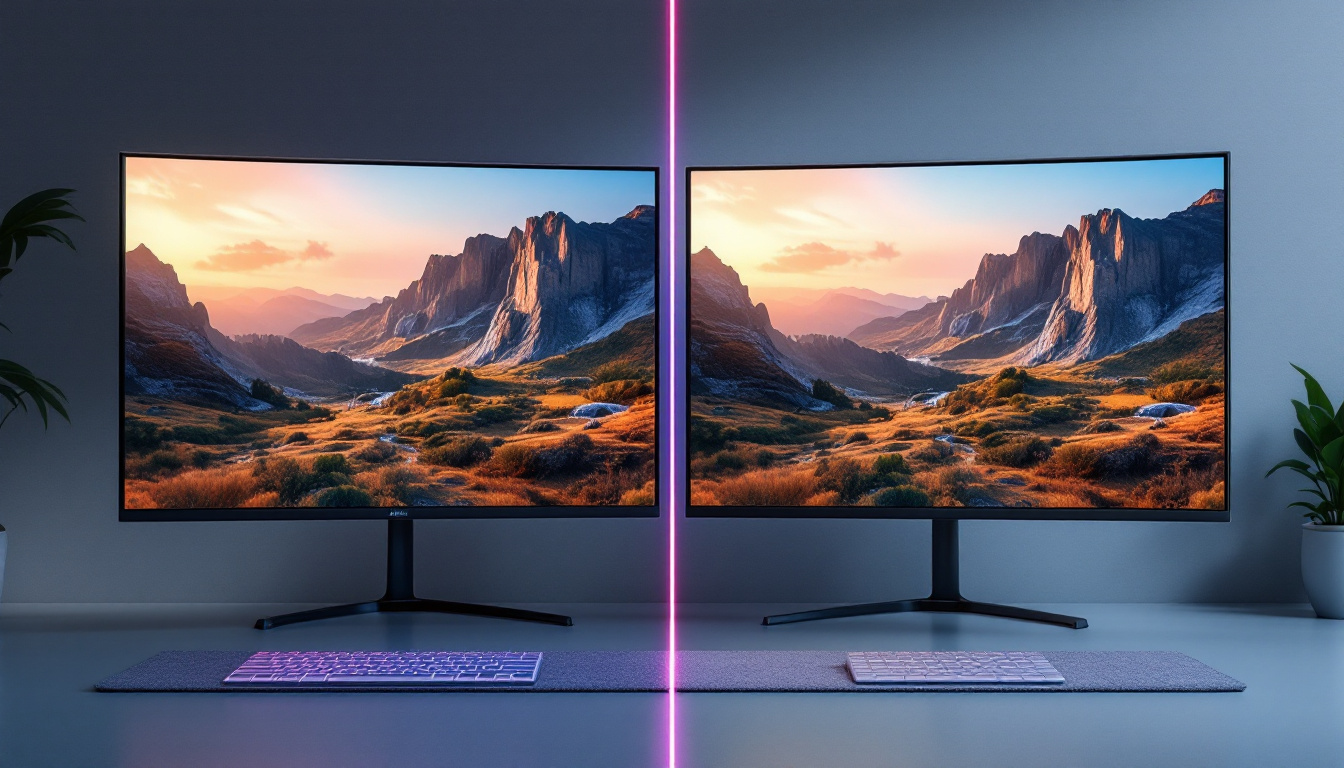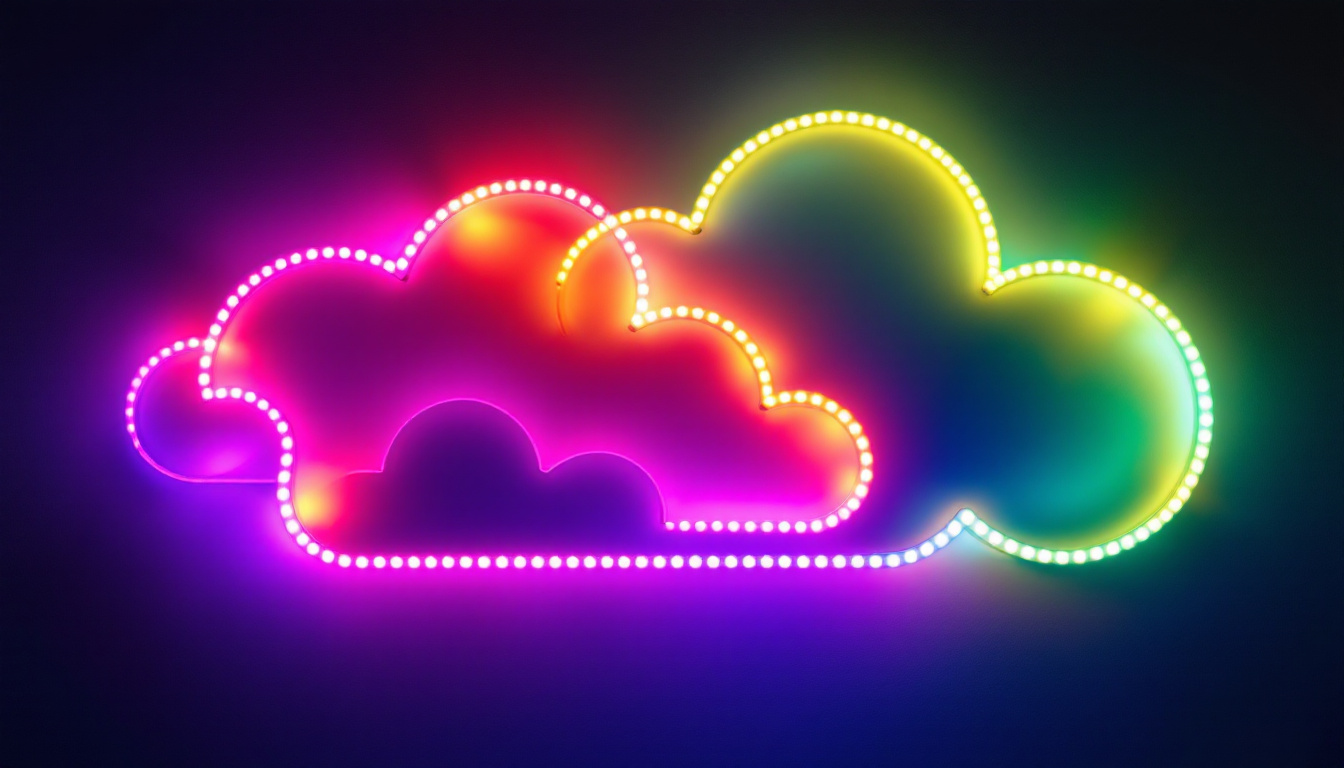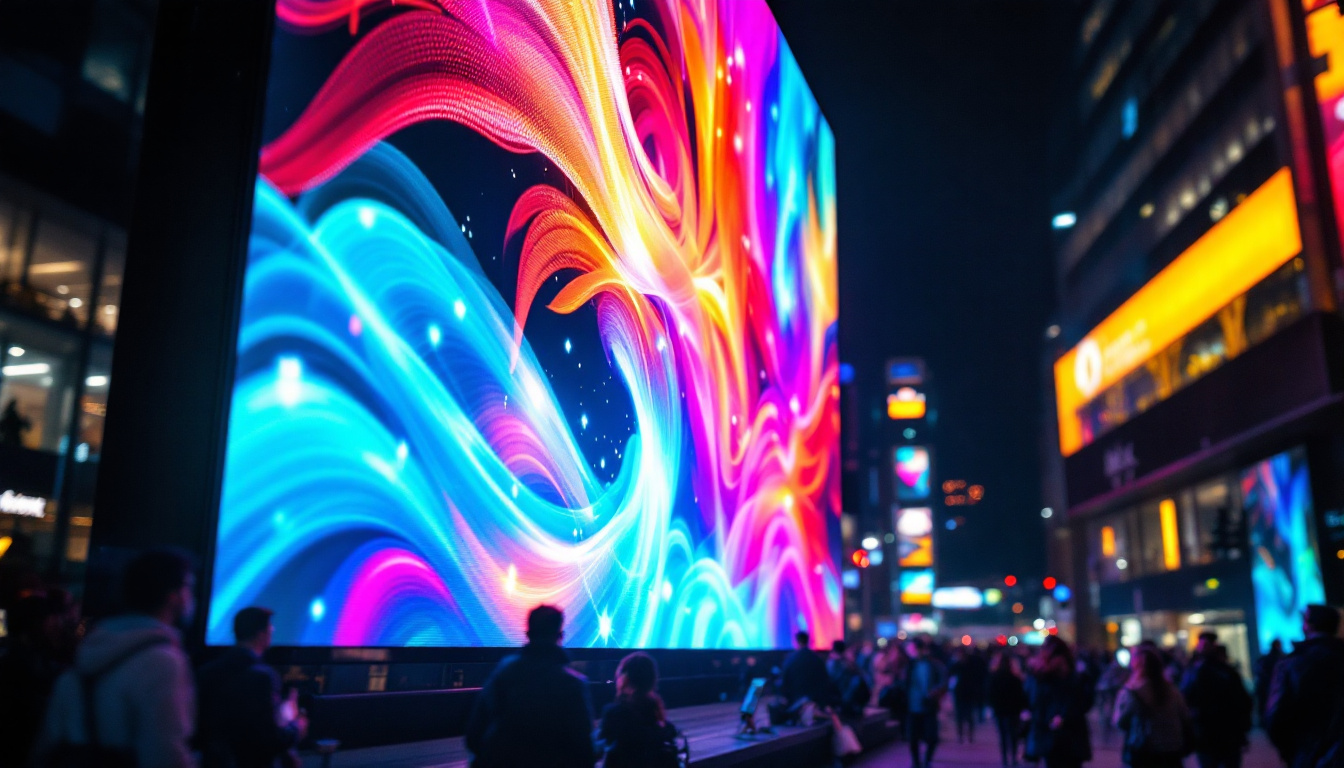In an era where visual communication plays a pivotal role in marketing and branding, LED displays have emerged as a game-changer. Their vibrant colors, energy efficiency, and versatility make them a popular choice for businesses and events alike. This article delves into the intricacies of LED installation, providing a comprehensive understanding of LED displays, their benefits, and the installation process.
Understanding LED Displays
LED displays are screens that use light-emitting diodes to produce images and videos. Unlike traditional LCD screens, which rely on backlighting, LED displays emit their own light, resulting in brighter and more vivid visuals. This technology has transformed the way information is presented, making it more engaging and effective. The energy efficiency of LED displays also contributes to their growing popularity, as they consume significantly less power compared to older display technologies, making them an environmentally friendly choice for both consumers and businesses alike.
Types of LED Displays
There are several types of LED displays, each serving different purposes. The most common types include:
- Indoor LED Displays: These are designed for use in enclosed spaces, such as shopping malls, conference rooms, and theaters. They typically have a higher pixel density, providing clearer images at closer viewing distances. Indoor displays often feature advanced technologies like high refresh rates, which are essential for smooth video playback, making them ideal for presentations and live events.
- Outdoor LED Displays: Built to withstand the elements, outdoor LED displays are larger and more robust. They are often used for billboards, stadiums, and public events, featuring lower pixel density but higher brightness to ensure visibility in sunlight. These displays are also equipped with protective coatings to resist moisture and dust, ensuring longevity and reliability in various weather conditions.
- Transparent LED Displays: These innovative displays allow viewers to see through them while still displaying images. They are commonly used in retail environments to create eye-catching window displays. By blending digital content with physical products, transparent LED displays enhance the shopping experience, drawing in customers with interactive visuals that showcase merchandise without obstructing the view of the store interior.
How LED Displays Work
At the core of an LED display are the light-emitting diodes. Each diode emits light when an electric current passes through it, and by combining red, green, and blue diodes, a wide spectrum of colors can be produced. The arrangement and density of these diodes determine the display’s resolution and overall image quality. The technology behind LED displays has evolved rapidly, with advancements such as microLED and miniLED, which offer even finer pixel pitch and improved color accuracy, pushing the boundaries of visual fidelity.
The images and videos displayed on an LED screen are controlled by a media player that receives signals from a computer or other device. This allows for real-time updates and dynamic content, making LED displays highly versatile for various applications. Additionally, many modern LED displays come equipped with smart technology, enabling features such as remote management and scheduling of content, which is particularly beneficial for businesses that need to update advertisements frequently or coordinate displays across multiple locations.
Benefits of LED Displays
LED displays offer numerous advantages over traditional display technologies. Understanding these benefits can help businesses make informed decisions about their visual communication strategies.
Energy Efficiency
One of the standout features of LED technology is its energy efficiency. LED displays consume significantly less power than traditional lighting solutions, leading to reduced electricity costs. This not only benefits the environment but also contributes to long-term savings for businesses. In fact, many companies report a decrease in energy consumption by up to 80% after switching to LED displays. This reduction in energy use translates to a smaller carbon footprint, aligning with corporate sustainability goals and appealing to environmentally conscious consumers.
Longevity and Durability
LED displays are known for their longevity. With proper maintenance, they can last up to 100,000 hours, far exceeding the lifespan of conventional displays. Additionally, they are more resistant to shocks and vibrations, making them ideal for outdoor use in various weather conditions. This durability means that businesses can invest in LED technology without the frequent replacements associated with older display types. Furthermore, many LED displays are designed with robust materials that can withstand harsh environments, ensuring that they continue to operate effectively in both urban and rural settings.
High Brightness and Contrast
LED displays provide exceptional brightness and contrast ratios, ensuring that images remain clear and vibrant even in direct sunlight. This feature is particularly beneficial for outdoor advertising, where visibility is crucial for attracting attention. The high dynamic range of LED displays allows for a more immersive viewing experience, making them ideal for events, concerts, and public gatherings. Additionally, the ability to adjust brightness levels dynamically means that LED displays can maintain optimal visibility throughout the day and night, adapting to changing light conditions and ensuring that the content remains engaging and effective at all times.
The Installation Process
Installing an LED display is a multifaceted process that requires careful planning and execution. Understanding the steps involved can help ensure a successful installation.
Site Assessment
The first step in the installation process is conducting a thorough site assessment. This involves evaluating the location where the LED display will be installed, considering factors such as visibility, foot traffic, and environmental conditions. A professional installer will take measurements and determine the optimal size and type of display for the space. Additionally, it’s crucial to assess any potential obstacles, such as nearby structures or trees that could obstruct the view of the display. The assessment may also include a review of local regulations and zoning laws to ensure compliance with any restrictions that may apply to digital signage in the area.
Design and Planning
Once the site assessment is complete, the next phase involves designing the installation. This includes selecting the appropriate display model, determining the mounting method, and planning for power and data connections. A well-thought-out design ensures that the display will function correctly and meet the client’s requirements. During this stage, considerations such as the display’s pixel pitch, resolution, and viewing distance are taken into account to optimize the visual experience for the target audience. Furthermore, the design process may also involve creating a content strategy to maximize the impact of the display, ensuring that the visuals and messaging resonate with viewers effectively.
Installation and Configuration
The actual installation process involves mounting the display, connecting power and data cables, and configuring the software. This step requires technical expertise to ensure that all components work seamlessly together. After installation, the display is calibrated to ensure optimal performance, including brightness and color adjustments. Moreover, thorough testing is conducted to verify that the display operates as intended under various conditions, including different lighting scenarios and content types. Technicians may also provide training for staff on how to operate the display and update content, ensuring that the client can manage the display effectively and make the most of their investment.
Maintenance of LED Displays
To ensure the longevity and optimal performance of LED displays, regular maintenance is essential. This involves both routine checks and addressing any issues that may arise over time.
Routine Checks
Routine maintenance checks should include inspecting the display for any physical damage, verifying that all connections are secure, and cleaning the screen surface to remove dust and debris. Regular checks help identify potential problems before they escalate, ensuring the display remains in top condition.
Software Updates
Like any digital technology, LED displays require software updates to function efficiently. Keeping the software up to date ensures that the display can support the latest content formats and features, enhancing its overall performance.
Challenges in LED Installation
While LED displays offer numerous benefits, the installation process can present challenges. Understanding these challenges can help businesses prepare and mitigate potential issues.
Technical Expertise
Installing LED displays requires specialized knowledge and skills. It is crucial to work with experienced professionals who understand the intricacies of the technology. Inadequate installation can lead to performance issues and costly repairs.
Environmental Considerations
Outdoor installations must consider environmental factors such as weather conditions and exposure to sunlight. Proper weatherproofing and brightness adjustments are essential to ensure the display remains functional and visible in various conditions.
Future Trends in LED Technology
The LED display industry is continually evolving, with new technologies and trends emerging regularly. Staying informed about these developments can help businesses remain competitive and leverage the latest innovations.
Advancements in Pixel Technology
One of the most exciting trends in LED technology is the advancement in pixel technology. Companies are developing smaller and more efficient pixels, allowing for higher resolution displays in smaller formats. This trend is particularly beneficial for indoor applications where space is limited.
Integration with Smart Technology
As smart technology becomes increasingly prevalent, LED displays are being integrated with IoT (Internet of Things) capabilities. This allows for remote monitoring and control, enabling businesses to manage their displays more effectively and respond to issues in real time.
Conclusion
LED displays have revolutionized the way information is communicated visually. Their vibrant colors, energy efficiency, and versatility make them an invaluable tool for businesses and events. Understanding the installation process, maintenance requirements, and future trends can help organizations leverage this technology to its fullest potential.
As the demand for engaging visual content continues to grow, investing in LED displays offers a competitive edge. With careful planning, professional installation, and regular maintenance, businesses can ensure that their LED displays remain effective and impactful for years to come.
Discover LumenMatrix LED Display Solutions
Ready to elevate your visual communication strategy with the latest in LED technology? Look no further than LumenMatrix, where innovation meets excellence. Our comprehensive range of LED display solutions, from Indoor and Outdoor LED Walls to specialized displays for vehicles, sports, and custom installations, is designed to captivate your audience and amplify your brand’s presence. Embrace the future of digital signage with LumenMatrix and transform your space into a dynamic visual experience. Check out LumenMatrix LED Display Solutions today and see the difference for yourself.

